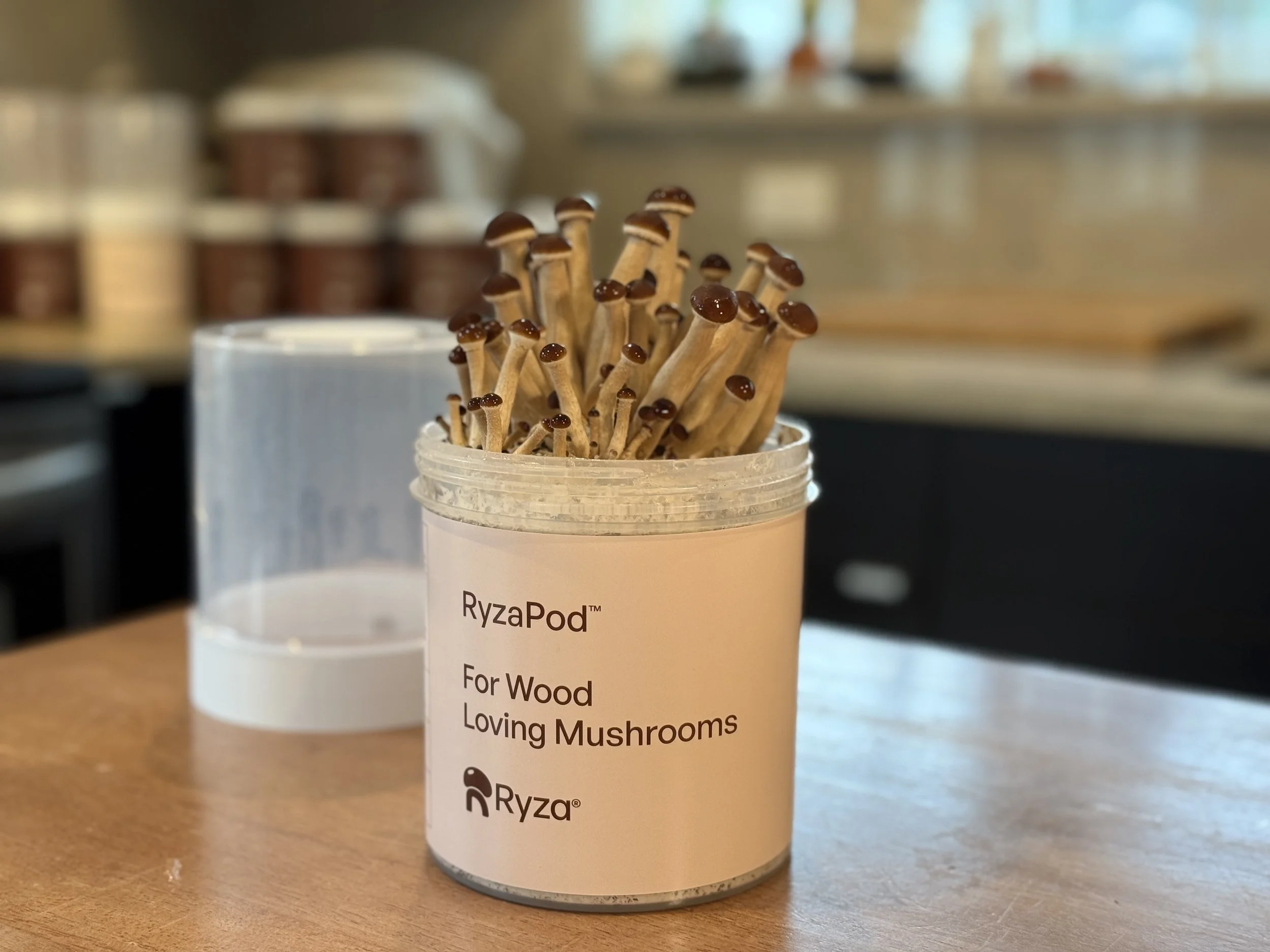Pinning Trigger
Definition: A pinning trigger in mushroom cultivation refers to specific environmental changes or stimuli that induce the mycelium to initiate the formation of pins, which are the early stages of mushroom fruiting bodies. These triggers are critical for transitioning the mycelium from vegetative growth to reproductive growth, leading to the development of mushrooms.
Role in Mushroom Cultivation: Understanding and effectively implementing pinning triggers are crucial for successful mushroom cultivation. By mimicking the natural conditions under which mushrooms begin to fruit, cultivators can encourage the mycelium to produce pins and subsequently mature mushrooms. The exact nature of these triggers can vary significantly depending on the species of mushroom being cultivated.
Common Pinning Triggers:
Light Exposure: Many species of mushrooms require exposure to light to initiate pinning. The light does not need to be intense; indirect sunlight or fluorescent lighting is often sufficient.
Fresh Air Exchange (FAE): An increase in fresh air exchange, reducing carbon dioxide levels and increasing oxygen levels, can signal the mycelium that it is time to fruit.
Temperature Change: A drop in temperature, such as through a cold shock, mimicking the transition from summer to fall in the mushroom's natural environment, often acts as a trigger for pinning.
Humidity Increase: High humidity levels are essential for pin formation and development, as they prevent the mycelium and young pins from drying out.
Substrate Shock: In some cases, physical stimuli such as lightly tapping the substrate or introducing a change in watering patterns can act as a trigger for pinning.
Importance in Cultivation:
Timely Fruiting: Properly managing pinning triggers helps ensure that mushrooms fruit according to the cultivator's schedule, allowing for planned harvests.
Yield Optimization: Effective use of pinning triggers can enhance both the quantity and quality of the mushroom harvest by ensuring that a maximum number of pins develop into healthy fruiting bodies.
Cultivation Efficiency: Understanding and applying pinning triggers allow for more efficient use of space and resources, as the growing environment is optimized for the critical phase of mushroom development.
Cultivation Considerations:
Species-Specific Requirements: Each mushroom species has unique requirements for pinning triggers, necessitating species-specific adjustments to cultivation practices.
Monitoring and Adjustment: Cultivators must carefully monitor the response of the mycelium to different triggers and be prepared to adjust environmental conditions as needed to promote healthy pin development.
Balance of Conditions: While triggering pinning is essential, maintaining the right balance of environmental conditions throughout the fruiting phase is crucial for the development of mature mushrooms.
Conclusion: Pinning triggers are essential elements of mushroom cultivation, serving as signals to the mycelium to begin fruiting. By carefully manipulating environmental conditions to provide these triggers, cultivators can effectively induce the formation of pins and manage the subsequent growth and development of mushrooms. Understanding the specific pinning triggers for different mushroom species is key to achieving successful and productive mushroom cultivation.
Grow Mushrooms Easily with RyzaPods, our top-rated all-in-one mushroom grow kit.

